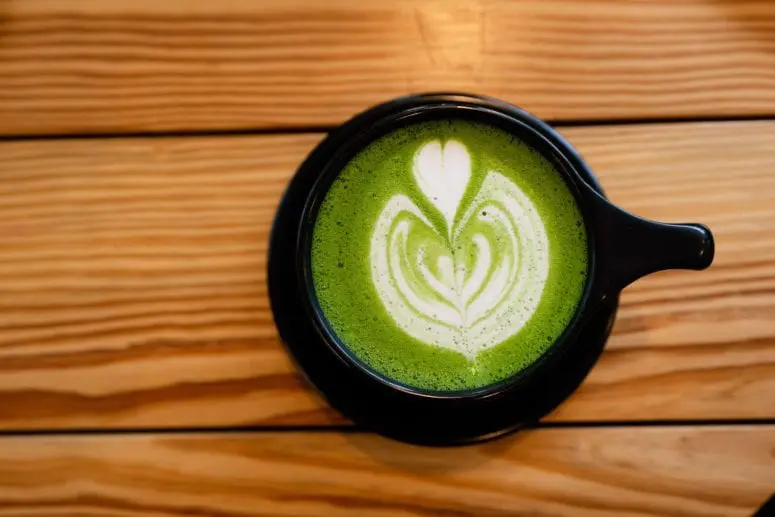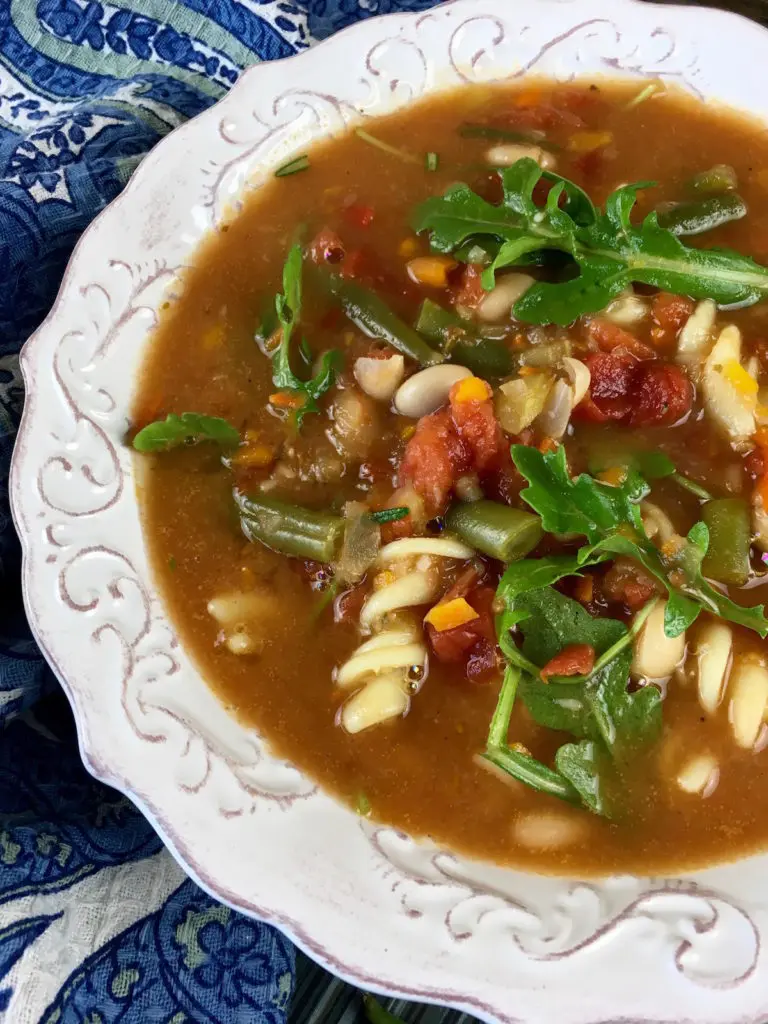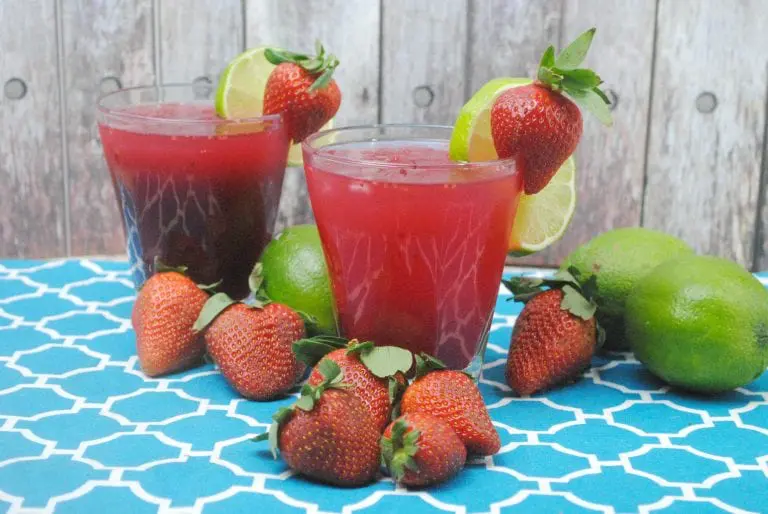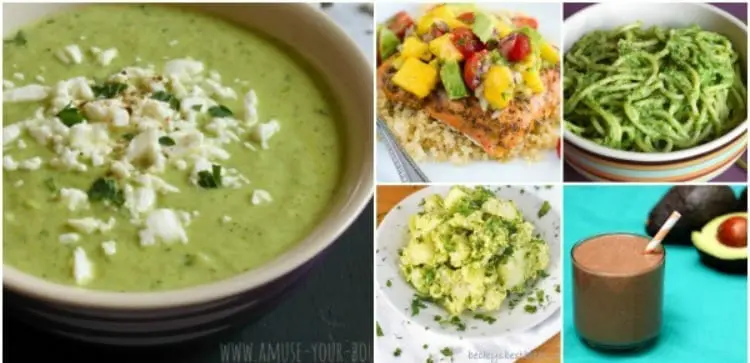Celebrate the Surplus of Summer
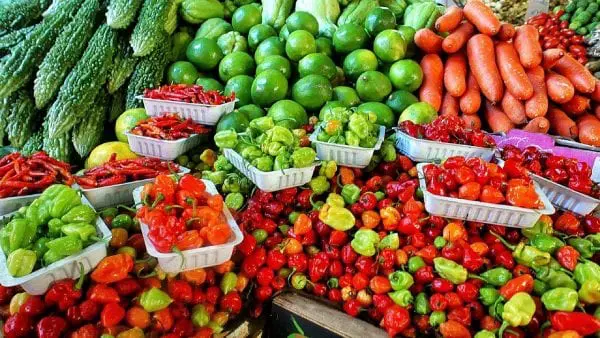
Take advantage of all of the bounty at farmers markets and grocery store sales and make some quick and healthy dishes where taste takes center stage. If you have more than you can eat now, there are ways to save it for later.
Eat Seasonal and Local
One of the ways to eat healthier foods and reduce your carbon footprint is to eat seasonally and locally. If you are fortunate enough to have a farmers market in your community, you can personally ask the grower about how the farm’s fruits and vegetables are cultivated.
While shopping for fresh fruits and vegetables at a farmer’s market is ideal, it is not available to everyone. You can still put an emphasis on local and seasonal produce at your grocery store as well. Seasonal and local often go hand in hand. If the produce you are considering has been grown in your hemisphere, then it is likely a seasonal offering. Grapes grown in Chile use more energy resources to get to market than American grapes in the summertime.
Get New Ideas
Sometimes it just takes an infusion of new ideas to appreciate different ways to use ingredients. For example, Hampton Creek has lots of great ideas for adding more vegetables into your meals in fun and tasty ways. With the variety of fresh vegetables available in the late summer and early fall, it is a perfect time to try something new. If you know someone who has a vegetable garden, ask them what they do with their harvest to add variety to their meals.
Make a Trip Out of It
You can have an outing in the fresh air with your kids and come home with fresh fruits and vegetables as souvenirs. In the spring and summer, there may be opportunities to pick your own berries while taking a day trip. Berries are great for snacking as well as putting on top of cereal or in baked treats. In the late summer and early fall apples come into season and many orchards have a “you pick” section for visitors. For an early fall outing, look for a pumpkin patch that sells smaller pie pumpkins as well as the large jack o’lanterns. Pumpkins are full of beta-carotene, vitamins A and C, and are a good source of fiber.
Stick With Squash
Whether zucchini, crookneck, straight neck or patty pan, summer squash is one of the world’s healthiest foods. Loaded with vitamins and antioxidants, squash is abundant in late summer and early fall. Squash can be simply steamed and tossed with herbs or olive oil, or used as the backbone for casseroles and quick breads. Summer squash also lends itself beautifully to grilling. No time to make vegetable skewers? No problem. Take small to medium squash, and half lengthwise, rub with olive oil and your favorite spices, and set on the grill. Cook until barely fork tender and you have a savory summertime treat.
Try Unexpected Flavors
Ready to try some summer staples in unexpected ways? How about eating vitamin C rich melons in inventive dishes instead of the usual wedge on a plate? If you have a watermelon sitting in the refrigerator you can use it in a fresh and unique salsa. Little balls of cantaloupe make a great Italian inspired salad ingredient when paired with mozzarella, paper thin prosciutto, basil, olive oil, and vinegar.
Freeze Fresh
Even if you don’t have time to can, you can save a little bit of summer to enjoy when the weather gets colder. Spend a Sunday afternoon freezing fruits and vegetables that are in surplus now will save you on your food budget later. The previously mentioned summer squash freezes well, is super healthy, and is extremely versatile. You can even prep it for freezing by grating it into plastic storage bags.
All kinds of berries lend themselves well to freezing. Just rinse in a colander, then put on a cookie sheet and place in the freezer. After the fruit freezes, you can place the berries in a freezer container of your choice. If you make a double batch of a summer casserole or vegetable soup, you can freeze that as well. It will come in handy when your fall schedule gets busy.
Eating as many seasonal produce selections as possible reduces the consumption of energy in transporting produce to market and lead you to try produce that is new to you. Take advantage of the surplus of produce to increase your intake of fruits and vegetables.


